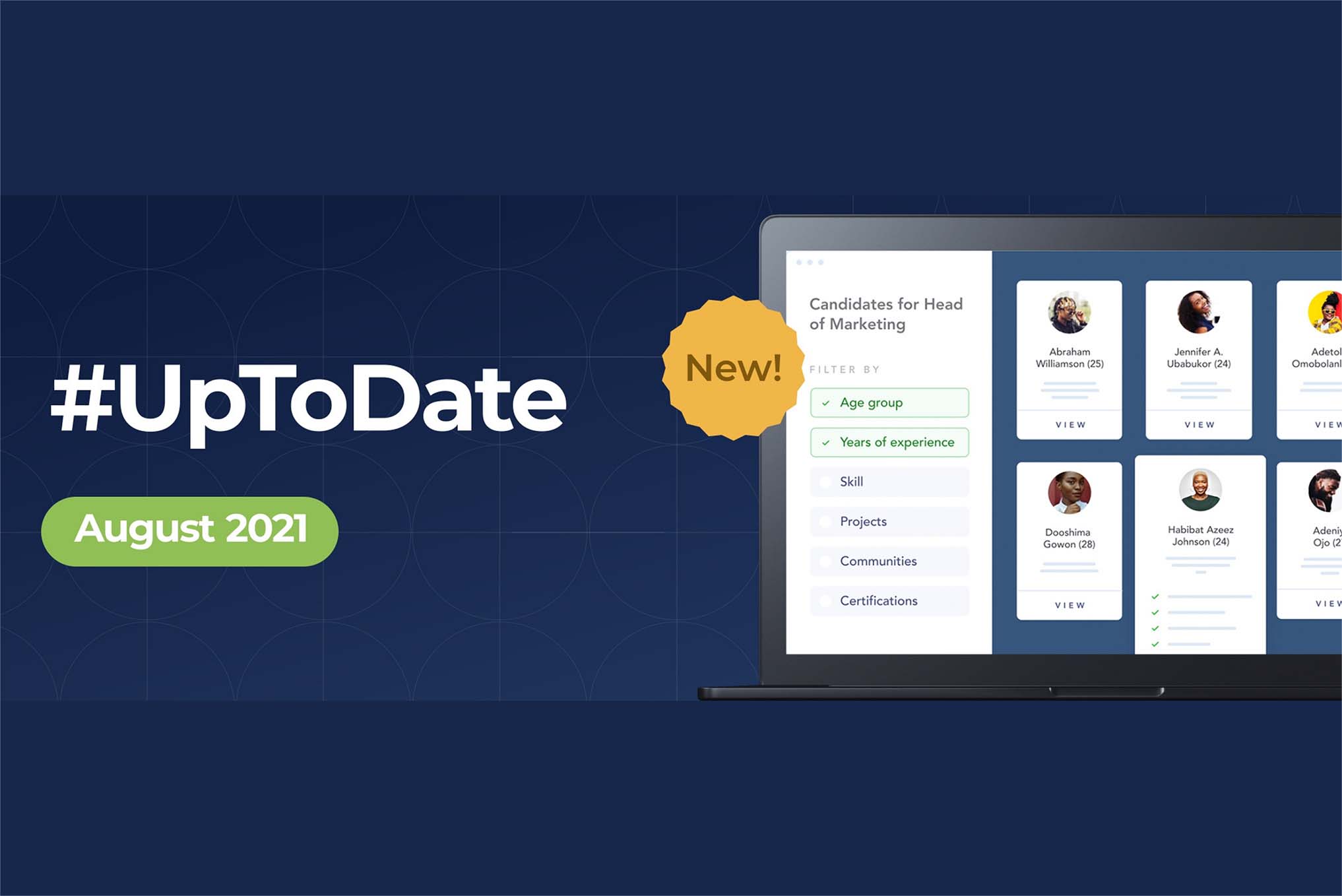What is a pay grade?
Setting pay grades for your staff or organisation can be a tricky task. This is especially so if you’ve never done it before, because you might not know where to start.
A pay grade (also known as pay scale or salary structure) is a system that helps to determine an employee’s compensation. Pay grades are defined by factors like the job description, level of responsibilities performed within the role, years of experience, job difficulty, level of seniority, etc.
Pay grades help employers offer logical and structured reasons for why their employers earn the amount they do. It helps employers control and track payroll expenses and ensure that there’s no discrimination in employee earnings for any reason.
When establishing a pay structure, it’s important to evaluate the job, or do a job analysis without considering the employee who currently occupies the role, or who is being considered to fill it. This helps to objectively identify the value of the job to the organisation.
It’s good to note that the levels in an organisation’s pay grades reflect the seniority level, job authority, and difficulty in a role (e.g an HR officer and the CHRO would obviously be on different pay grades).
However, pay grades usually have a salary range for each level to allow for differences in experience and performance, even for employees on the same pay grade level.
This is why salary structure may include pay grades that overlap. For example, a Risk Analyst may be on a pay grade with a salary range of N150,000 to N200,000, while a mid-level Risk Analyst in a supervisory role may have a pay grade with a salary range of N185,000 to N250,000.
Types of salary structure
Below are some of the more popular methods businesses use in setting salary structure.
1. Market-based method
A market-based pay grade determines employee compensation based on the accepted industry standard. It’s increasingly becoming the more popular method of setting pay grades as the competition for skilled talent becomes more fierce.
Using a market-based salary structure will mean engaging in research to discover the average salary paid by companies in your industry to help determine what your organisation should offer for each position.
The perks of using this method are that your employees know that they are being compensated according to the industry standard, which will support retention and even help your organisation get the attention of top talent during the recruitment process. Platforms like Glassdoor will be very useful for you as you get started on your research.
2. The traditional method
The traditional salary structure involves using many pay grades with a smaller range so employees can work toward each salary grade over time.
The pay grades are small pay increases such that employees do not reach the organisation’s maximum compensation opportunities too quickly, as this can cause them to feel as though they’ve plateaued, causing them to become less productive, or start to search for new opportunities.
If you’re considering a traditional salary structure, HR professionals should determine what the salary range within each pay grade will be (including the lower and upper limits), and the criteria for moving up a pay grade. Pay raises can be given based on length of employment and employee performance to encourage retention and increased productivity.
Using a traditional salary structure, one job at the organisation can have a salary range of N135,000 to N185,000, with the following pay grades:
Grade 1: N135,000 to N145,000
Grade 2: N145,000 to N155,000
Grade 3: N155,000 to N165,000
Grade 4: N165,000 to N175,000
Grade 5: N175,000 to N185,000
3. The broadband method
Broadband pay structures use fewer pay grades with a broader pay range compared to the traditional system. While this system gives a lot of room for raises and employee growth within a role, it is less commonly used because the system can give room for discrimination and can lead to greater pay inequalities between employees on the same level.
How to Establish Pay Grades
1. Determine your organisation’s compensation philosophy
Before creating pay grades, the organisation must first determine its approach to compensation. What are the key drivers of compensation? KPIs? Experience, or years on the job?
Will your organisation choose to top, match, or lag behind the market average? Some companies could choose to pay well above the industry standard as a strategy to attract the best talent. Others may choose to simply match the going rates within the industry, while other companies with a smaller budget would lag behind in the compensation they can offer employees.
Understanding your organisation’s position is the first place to get started in establishing pay grades.
2. Conduct a job analysis
In the process of preparing a job description, a job analysis must first be done. This involves conducting some internal and external research to get information about the role, the duties attached to it, qualifications, expectations, skills, experience, and other things relevant to the position
3. Rank positions using a job evaluation method
From the job analysis and resulting job description, you can organise each position by the level of responsibility attributed to the role and the estimated value of the position to the company. This helps you in attributing a pay grade to each position, and also in determining what the salary range should be.
Here a few job evaluation methods to consider:
-
The ranking method
This system organises jobs based on their estimated value to the company.
-
Points-based system
In this method, the organisation assigns points (from a scale of 1 – 10) to rate factors related to the position (such as skill, education, etc). The relative importance of the role is then ranked based on the total number of points from all the listed elements. The pay grade is assigned from this.
-
The classification method
This method groups roles with similar value together in a similar pay grade regardless of the kind of work they do in the organisation. An example could be (entry level, mid level, managerial, executive, semi-skilled labour, etc). It’s effective in larger organisations.
4. Establish a salary range based on research
Do some research to find out what other organisations in your industry are offering for a similar role, and set actual figures for your pay grades, identifying what the minimum and maximum salary range will be.
Even if your organisation’s budget or management do not allow for you to match or top the industry standard, HR can consider offering other attractive perks and benefits that can cause interest in the opening from good talent despite the lower salary.
5. Make final adjustments and reviews
Share with other stakeholders in your organisation for their review and input.
It’s also important to indicate how often your pay grades will be reviewed. Will it be once a year to update for inflation and other cost of living adjustments, or less often than that?
Why you need structured pay grades in your organisation
1. Supports fairness and equity
Creating a pay structure ensures that all employees are treated fairly. They understand that a fair process exists to determine both their job level and pay grade, and are confident that discrimination (based on race, ethnicity, gender, age, etc) will not affect their earning capacity at work.
2. Employee engagement
Understanding their career growth trajectory and possibilities for increased pay are hugely motivating for employees, encouraging them to actively engage in actions that will help them progress across the pay grades.
3. Simplifies financial planning and forecasting
Clearly stating the salary ranges of each position in the company makes it easier to plan and make forecasts, as the organisation has reliable historical data to guide financial decisions.
Looking for an efficient payroll management software?
Seamless Payroll helps you compute all payroll-related calculations, make direct salary disbursements, and easily manage remittances so your organization stays compliant.
Schedule a demo to see how Seamless Payroll can help you enjoy hitch-free payroll management.








